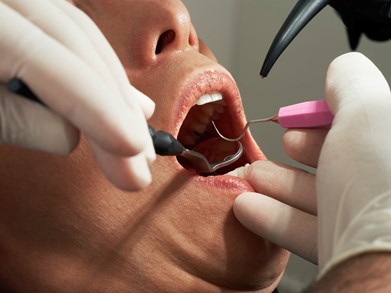Dental care remains a critical yet often overlooked component of overall health, with millions in Canada and the United States unable to afford basic services. For low-income individuals, the high cost of dental care exacerbates health inequities, perpetuates cycles of poverty, and strains public health systems. This article examines the systemic barriers to affordable oral health care in both countries, highlighting policy gaps, socioeconomic disparities, and the human toll of unmet dental needs.
The Canadian Context: Progress and Persistent Gaps
In Canada, approximately one-third of residents lack dental insurance, and one in four avoid dental visits due to cost, often leading to preventable complications like infections, cardiovascular issues, and diabetes-related problems. Recognizing this crisis, the federal government launched the Canadian Dental Care Plan (CDCP) in 2023, targeting uninsured households earning under 90,000 its phased rollout has left gaps. For example, adults aged 18–64 must wait until 2025 to apply, prolonging financial strain for many.
Despite these efforts, challenges persist. The CDCP’s “payer of last resort” model does not fully address accessibility barriers, such as rural “dental deserts” or provider shortages in marginalized communities. Additionally, Canada’s reliance on employer-sponsored insurance—covering 76% of insured individuals—leaves low-income workers, gig economy employees, and Indigenous populations disproportionately uninsured.

The U.S. Crisis: A Landscape of Inequity
In the U.S., over 76.5 million Americans lack dental insurance, with disparities starkly divided along racial and economic lines 5. Black and Hispanic adults are 68% and 52% more likely, respectively, to have unmet dental needs compared to white Americans, while rural residents face severe provider shortages—Alaska, Montana, and North Dakota have the highest rates of “dental deserts”. Medicaid, the primary safety net, often limits adult coverage to emergency extractions, leaving preventive care inaccessible. Even insured individuals face high deductibles and annual caps, forcing many to delay treatment until crises arise.
The consequences are dire. Poor oral health contributes to lost productivity (4.15 million workdays missed annually) and unnecessary emergency room visits, costing the U.S. healthcare system $1.8 billion in 2017 alone. Vulnerable groups, including veterans and low-income families, endure higher rates of periodontal disease and tooth loss, further entrenching health inequities.
Structural Barriers and Systemic Failures
Both nations grapple with systemic issues that compound affordability challenges:
- Geographic Disparities: Rural areas in the U.S. and Canada suffer from dentist shortages, with rural Canada relying on fly-in clinics and the U.S. facing a ratio of one dentist per 3,850 rural residents.
- Racial and Economic Inequities: Marginalized communities, including immigrants and people of color, face discrimination, language barriers, and limited access to culturally competent care.
- Policy Limitations: Canada’s CDCP excludes those with employer insurance, while the U.S. lacks a federal dental program, relying on fragmented state-level Medicaid policies.
Toward Equitable Solutions
Addressing this crisis requires bold policy reforms. Canada’s CDCP, though imperfect, represents a step toward universal coverage, but advocates argue for a federally funded agency to standardize care and close gaps. In the U.S., expanding Medicaid dental benefits and incentivizing providers to work in underserved areas could mitigate disparities. Both nations must prioritize integrating oral health into primary care and addressing social determinants like poverty and education.
Conclusion
The unaffordability of dental care in North America is not merely a health issue but a moral failing. While Canada’s CDCP offers hope, its success hinges on addressing accessibility and inclusivity. In the U.S., systemic overhaul is urgently needed to ensure oral health is treated as a fundamental right. Until then, millions will continue to suffer needlessly, their pain a testament to the enduring divide between privilege and poverty.

